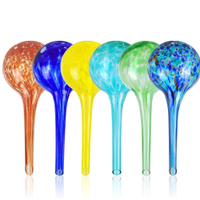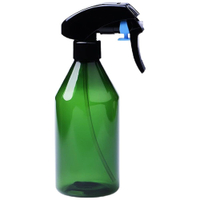How to care for a bird of paradise plant: 5 steps to keep this tropical species happy
Follow this simple care guide to ensure your bird of paradise plant continues to soar and thrive for years to come
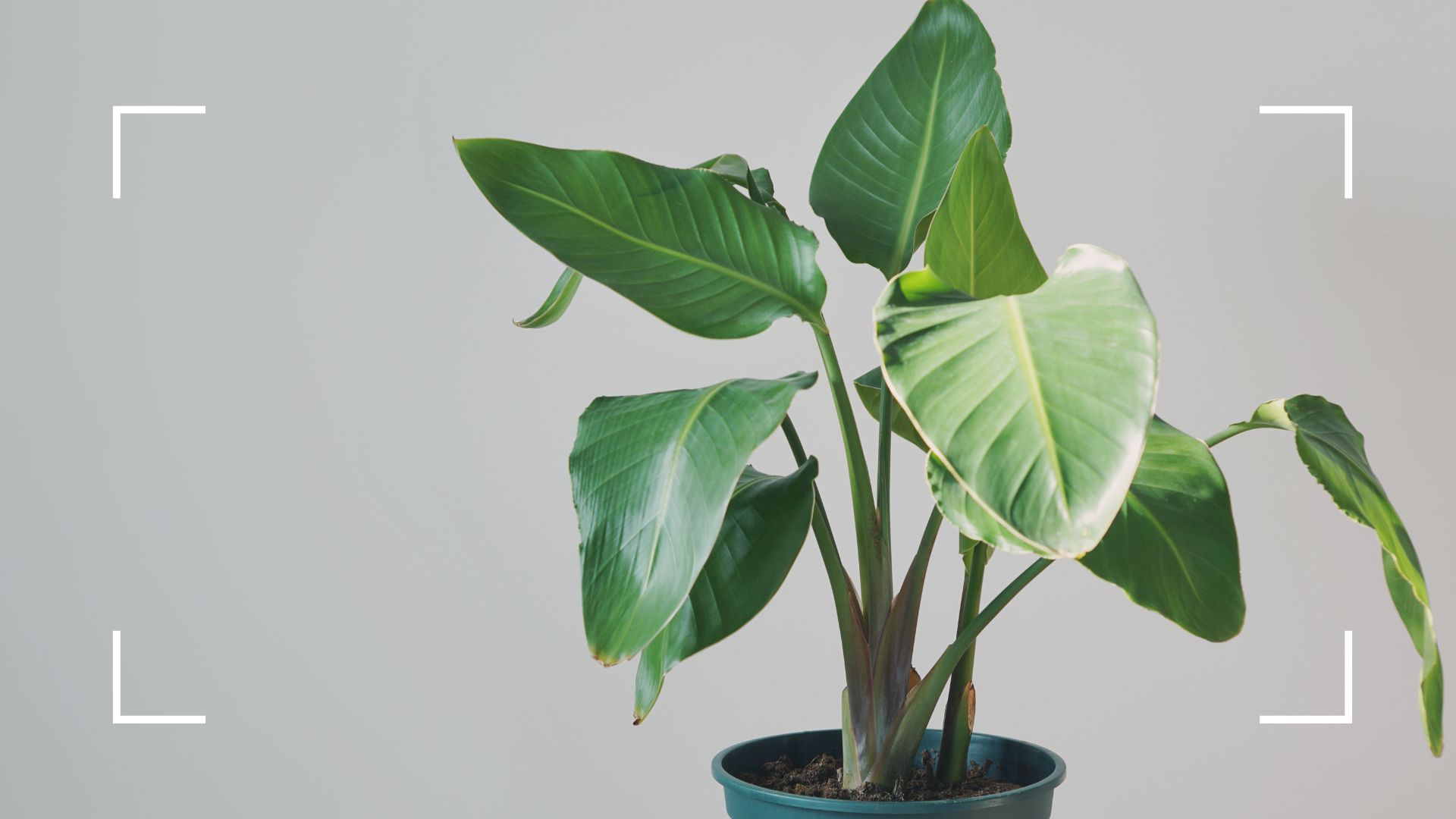

Some plant species can bring a whole new level of exoticness to your home, with the bird of paradise plant being a great example of one. But how can you keep this unique leafy friend happy? We put it to the experts.
Taking care of any indoor plants that help your health and well-being can prove to be difficult, even when it's a common species like a snake plant. So you would assume that more exotic plants like the bird of paradise might be near impossible to look after.
Whilst it isn't exactly one of the easiest houseplants to keep alive, the bird of paradise has a somewhat straightforward care plan, you will just need to follow these expert recommended steps.
How to care for a bird of paradise Plant: 5 easy steps
Whether you're a professional plant parent or just starting with your leafy collection, all must know some basic plant care rules. And whilst knowing how to care for a monstera may not help you with caring for a bonsai tree, there are some similarities across species.
Bird of Paradise plants are definitely unique in the way they look and how they like their conditions to be met. With its large blue-grey, paddle-like leaves it can grow very tall and will need plenty of room. You can grow the plant outdoors in the summer but always get the South African species back indoors when the cold weather hits.
Here's a step-by-step guide to care for your bird of paradise plant all year round...
1. Watering
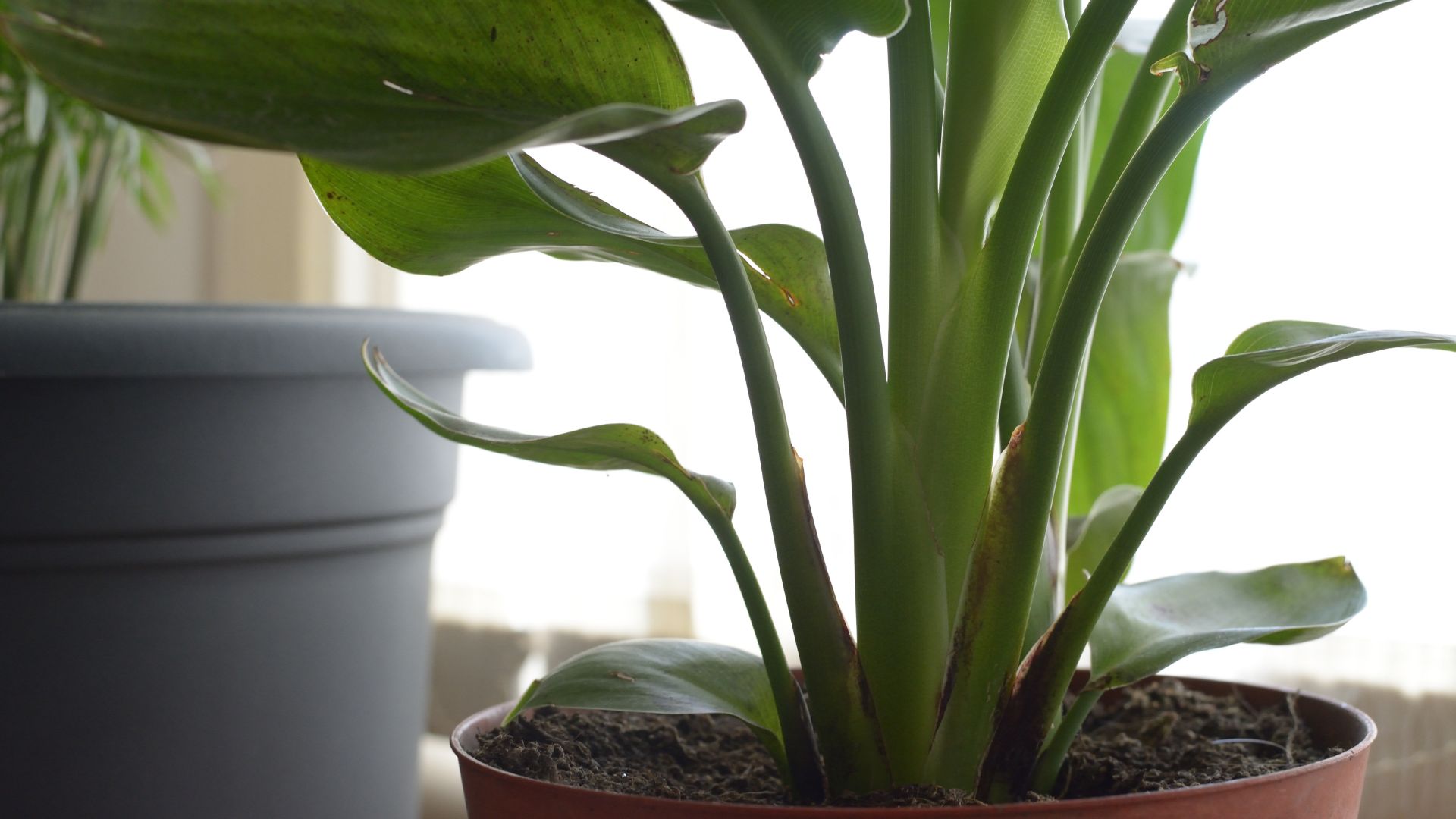
Knowing how often you should water your indoor plants is one of the most important parts of being a plant parent. And whilst you may think that underwatering is the biggest risk, overwatering your plant can lead to just as many issues.
Sign up for the woman&home newsletter
Sign up to our free daily email for the latest royal and entertainment news, interesting opinion, expert advice on styling and beauty trends, and no-nonsense guides to the health and wellness questions you want answered.
"Keep the soil moist, but not soggy. It's time to water when the top layer of the soil feels dry and in winter, water it less because the plant grows much slower. To prevent root rot, make sure the pot has good drainage," explains Jane Dobbs, lead gardener at Allan's Gardeners.
Setting up a watering routine that suits your plant's needs it's the easiest way to keep on track and ensure your bird of paradise is sufficiently watered at all times.
AMFUN Plant Watering Globes Stakes, £16.99 for 6 at Amazon
These attractive hand-blown colourful glass watering devices are an easy way to employ a self-watering feeding system for your indoor potted plants. Perfect to prevent overwatering your snake plant.

Gardening is Jane's passion, having built and maintained stunning outdoor spaces for over a decade. Managing all the garden projects at Allan's Gardeners is her responsibility as lead gardener. A wide range of horticultural practices come into play in Jane's work, from landscape design to plant and lawn care.
2. Sunlight exposure
One of the most common houseplant mistakes is placing your plant directly in the sun permanently and thinking it'll be good for it. Plants, of course, need the sun and the vitamins it provides to live but too much of a good thing can be fatal for your plant.
Jane says, "It likes bright, indirect light. Also, they can handle some direct sun, but too much can scorch their leaves. When growing indoors, put them near a window that gets filtered light. Ideally, you should pick a spot near a window with sheer curtains or in a well-lit room."
Most plants don't like lots of direct light and it can be one of the reasons that your peace lily's leaves are turning brown.
3. Humidity
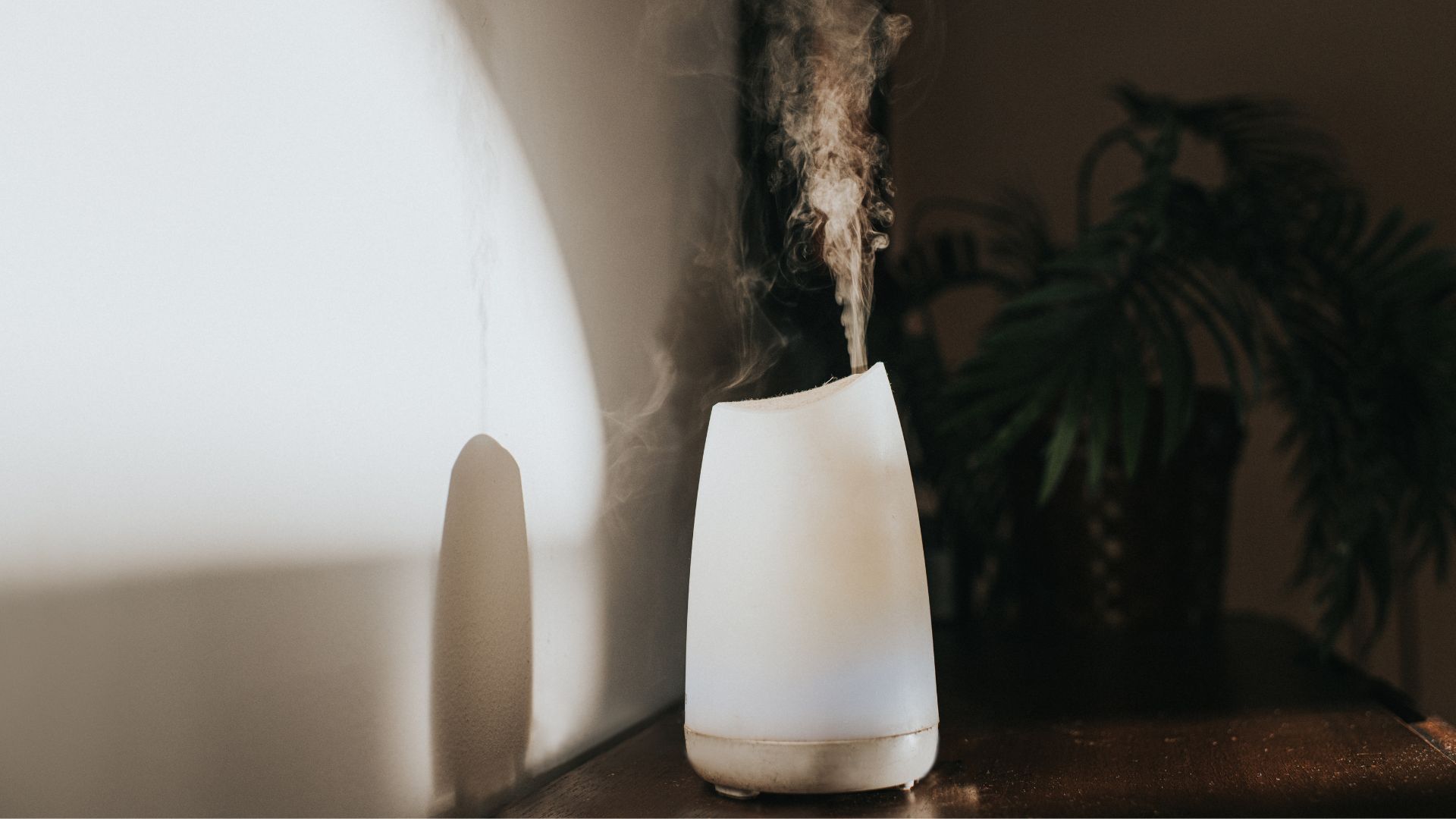
Now because this plant is native to South Africa, it prefers a much warmer humid environment. These conditions aren't easy to naturally replicate in the UK all year round, however, there is a foolproof way to provide that humidity.
Graham Smith MCIhort, gardening expert at LBS Horticulture, says, "To keep the plant's environment humid, you should keep the pot in a tray of pebbles and water or mist it daily."
This would be the ideal plant to help with condensation or to reduce humidity in a bathroom. You could also invest in a humidifier for your plant, just a small model that won't undo all the hard work your best dehumidifier is doing for your home.
Cevvako Plant Mister 300ml Spray Bottle: £10.19 at Amazon
Made from high-quality plastic, this reusable and durable bottle is perfect for keeping your plant happy and moist but not saturated.
4. Fertilising
Whilst fertilising can be quite low on the priority list when caring for a venus fly trap or other self-sustaining plants, the bird of paradise will benefit from it.
"Feed the plant with a balanced fertiliser every 2-4 weeks during the growing season which is the spring and summer months. During autumn and winter, cut back on feeding," explains Jane.
5. Potting and soil
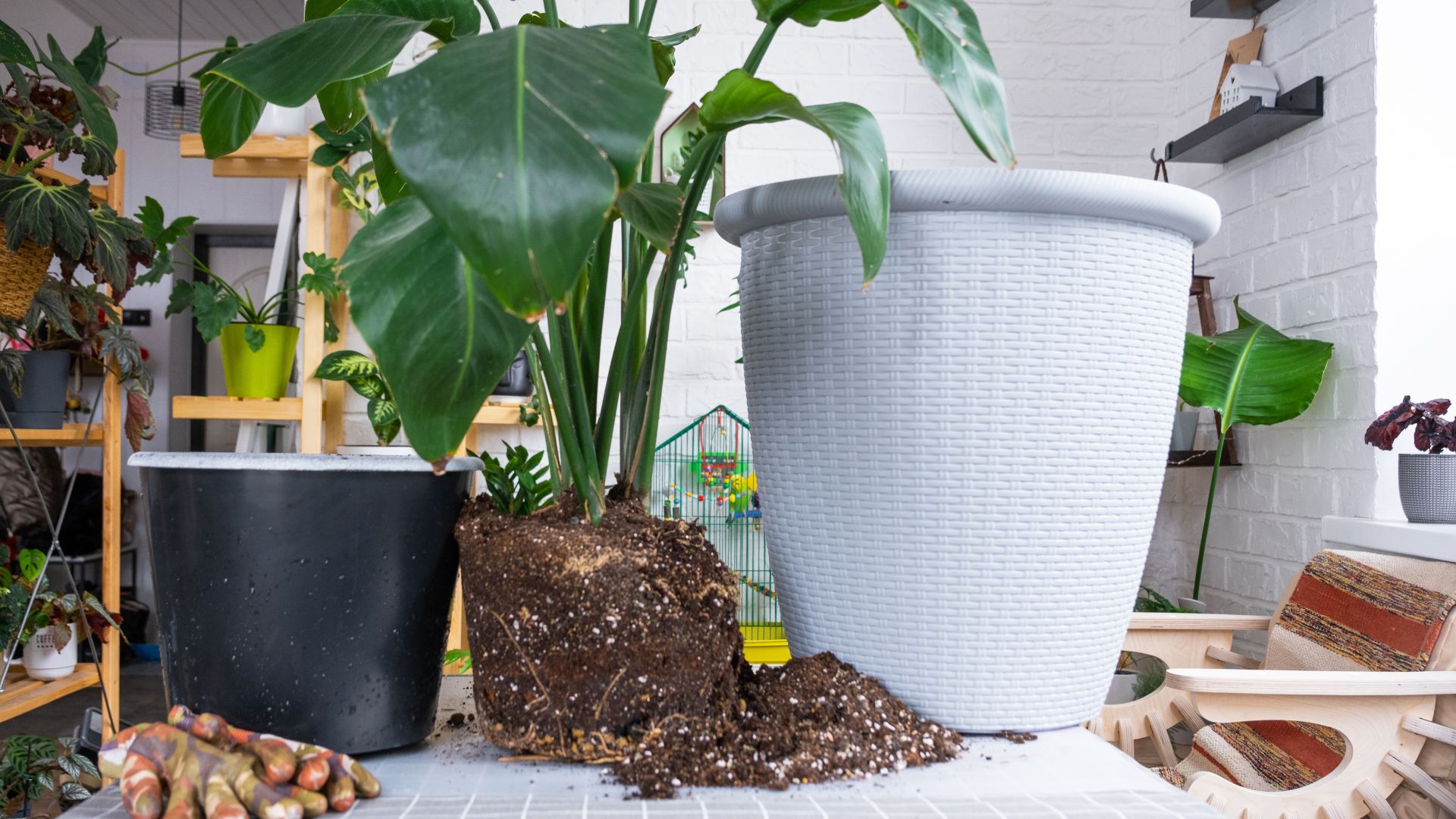
When it comes to how to repot the plant or even how to know when to repot the plant there are some signs and rules to follow that will massively help you with the process.
Jane says that you will need well-draining potting soil and she recommends using a tropical plant mix or a combination of peat, perlite, and pine bark. Luckily you'll only need to repot your plant every 2-3 years or whenever the pot gets far too small.
"A bird of paradise plant will cope well when slightly pot-bound, as in their roots fit snugly in the pot, and only need to be repotted when the roots appear at the top of their compost. In spring, repot the plant into a slightly larger pot. If your plant does not need to be repotted, you should still change the top layer of compost with a fresh layer every spring," explains Graham.
FAQs
How do I know if my bird of paradise plant is happy?
Caring for plants indoors and outdoors can be a challenge, especially when you don't know if you're actually doing a good job. Some plants won't show you their ill-health until it's too late and others will be truly thriving without you realising.
"Large, vibrant green leaves are a good sign. Firm and glossy is what you want. Leaves that are yellowing or browning might be overwatered, underwatered, or not getting enough light. Birds of Paradise that are happy will produce new leaves regularly. You should see healthy new growth that looks like the rest of the plant," says Jane.
"This plant produces exotic, distinctive flowers if conditions are right. Plants that bloom regularly are well-cared for, but they might not bloom indoors or if they're still growing," she continues.
The leaves of the plant should have smooth edges and not be crispy or curled. Similar to why a monstera may have brown edges, the leaves can crisp from low humidity or too much direct sun.

How long do bird of paradise plants live?
Unlike some of the hardest plants to keep alive which might seem to die on you rather shockingly, a bird of paradise plant can be a long-term companion.
Jane says, "Indoor Bird of Paradise plants usually live for 5 to 10 years. When they're taken care of right, they can live a long time, but their growth may slow down. Bird of Paradise plants can live for decades outdoors, often reaching 20 years or more with good care."
Birds of paradise that grow in their native land or are particularly well cared for can live for over 50 years.
How big can a bird of paradise plant get?
If you want to make your small room look bigger then buying a bird of paradise plant may not be the way forward. This species can grow up to two metres tall and their leaves can grow outwards which means they need plenty of space to happily thrive.
It's important to note that your bird of paradise plant might not show any sign of flowering for a few years and this doesn't mean that it's unhappy.
Graham says, "A bird of paradise can sometimes take three to four years to bloom, and usually flower in late winter or spring. It will only flower if it receives enough sunlight and is given plant food, and can flower better if it is slightly pot bound."

Emily joined woman&home as a staff writer after finishing her MA in Magazine Journalism from City University in 2023. After writing various health and news content, she now specialises in lifestyle, covering unique cleaning hacks, gardening how-tos, and everything to help your houseplants thrive.
-
 Need spring style inspiration? Jennifer Aniston proves a shirt dress is the most versatile item you can invest in
Need spring style inspiration? Jennifer Aniston proves a shirt dress is the most versatile item you can invest inIf you only buy one piece this weekend, make it a shirt dress
By Matilda Stanley Published
-
 Celebrities you never knew got their start as models, from Angelina Jolie's 'terrible' experience to A-listers who started as pageant queens
Celebrities you never knew got their start as models, from Angelina Jolie's 'terrible' experience to A-listers who started as pageant queensWhether it was just for a short time or it's how they got discovered for something else, these stars owe it all to striking a pose
By Jack Slater Published
-
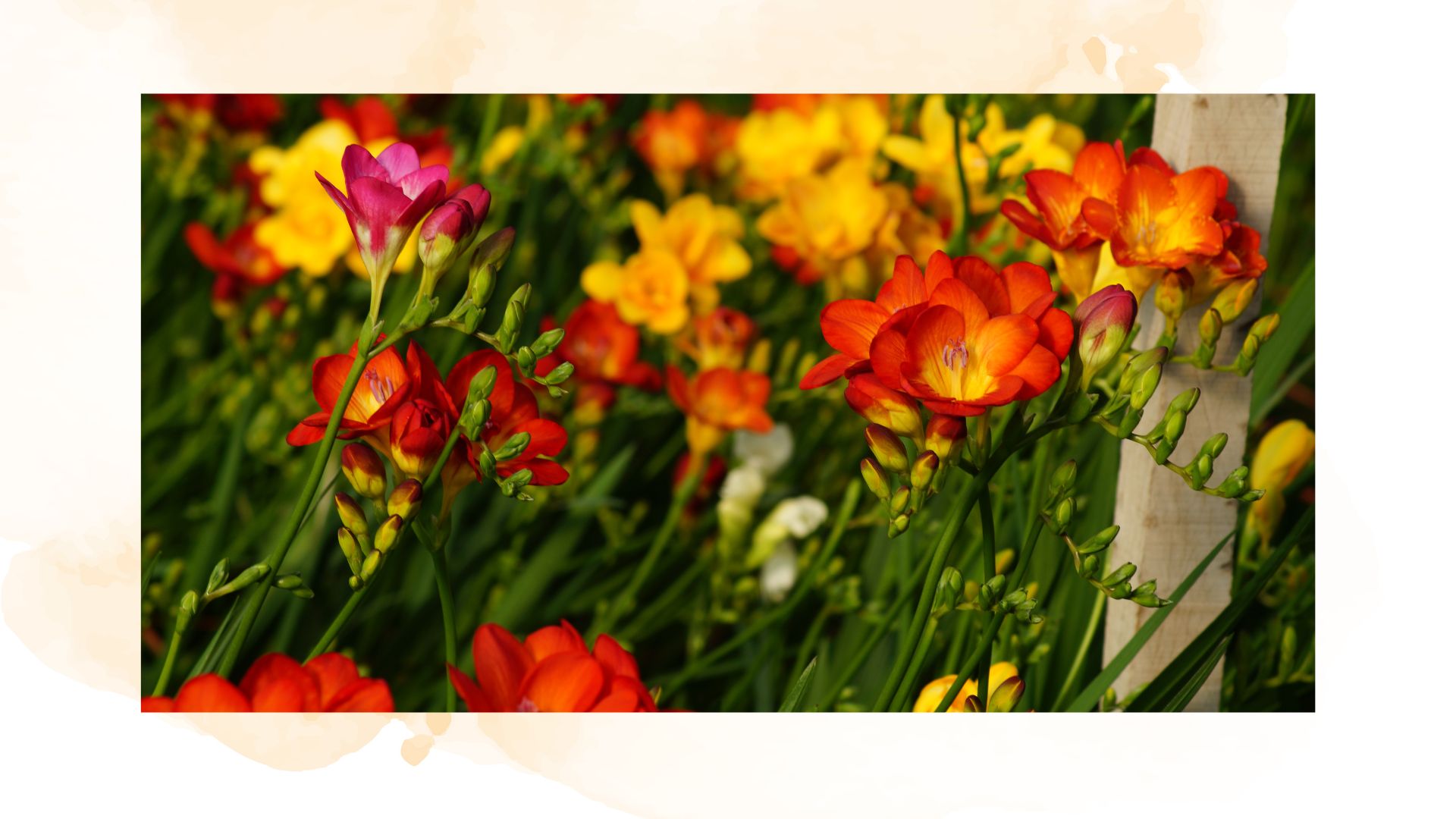 How to plant freesia bulbs: easy steps for colourful summer blooms
How to plant freesia bulbs: easy steps for colourful summer bloomsIf you're looking to add some vivid colour and life to your garden, freesias are the perfect choice
By Emily Smith Published
-
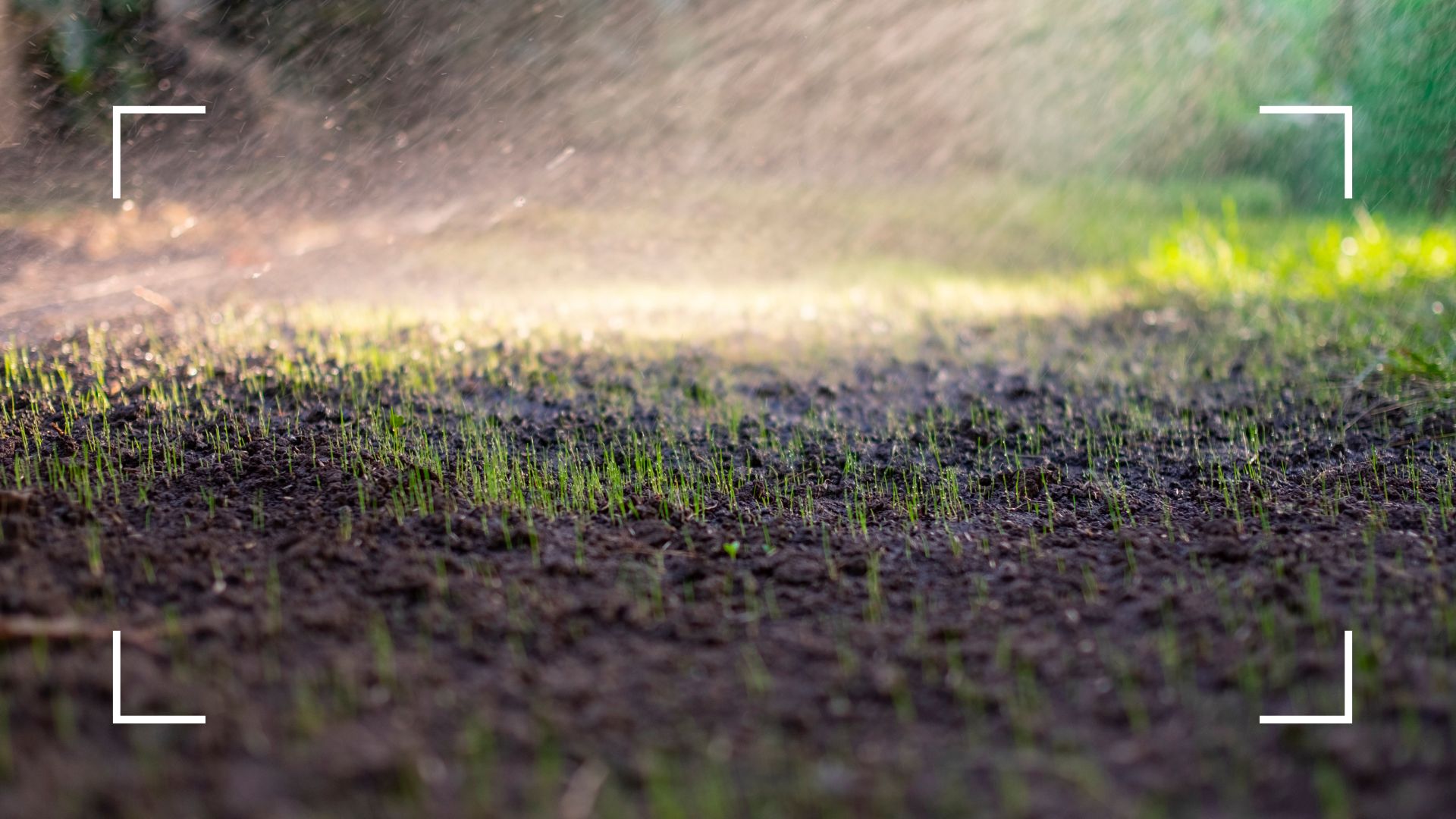 Gardening experts reveal how often you should water grass seed for a luscious lawn this summer
Gardening experts reveal how often you should water grass seed for a luscious lawn this summerWant your lawn to be looking its best by the time summer rolls around? You'll need to make sure you're watering it the perfect amount
By Emily Smith Published
-
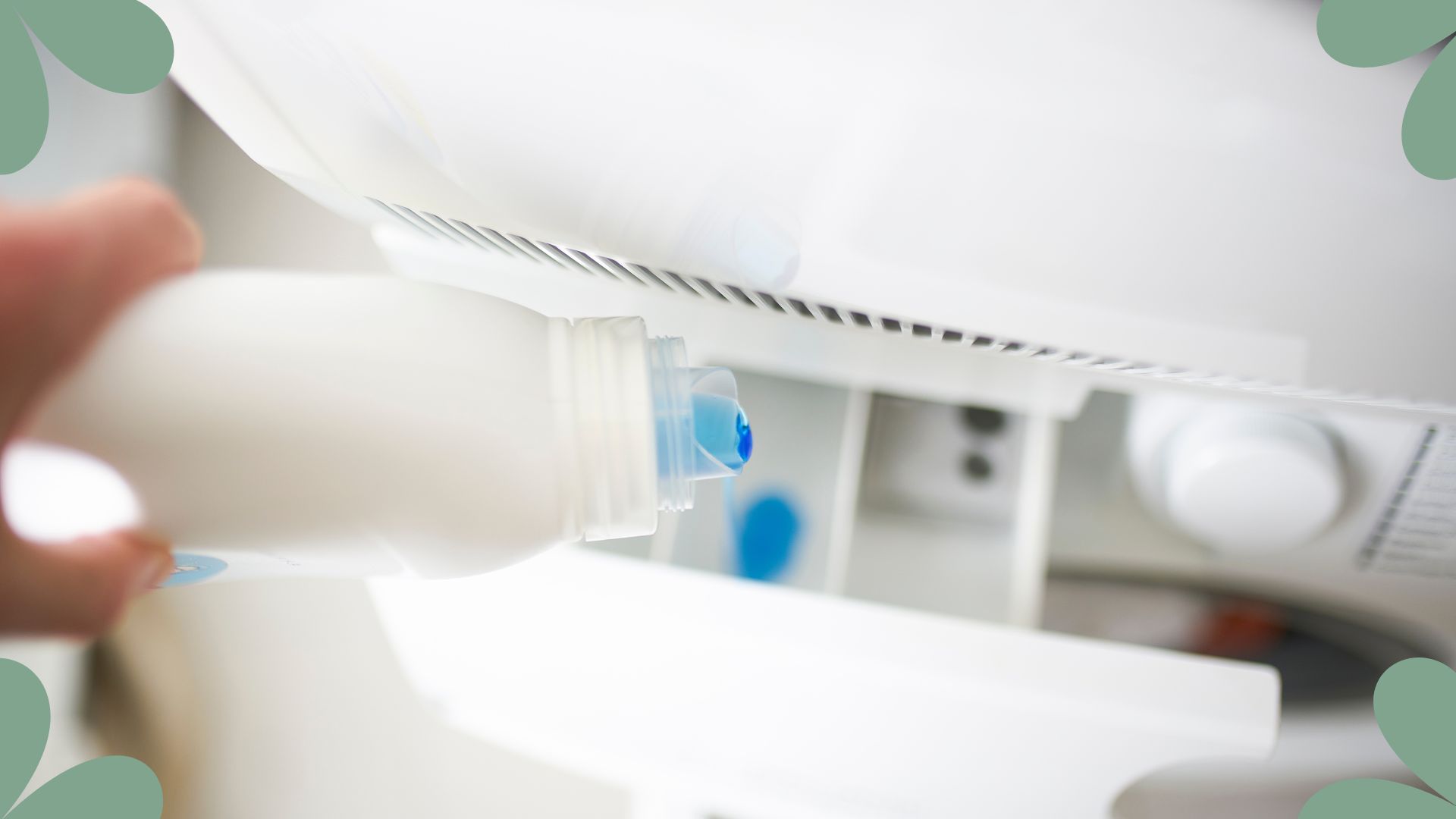 Lynsey Crombie reveals the surprising laundry mistake leaving your clothes smelling 'stale and nasty'
Lynsey Crombie reveals the surprising laundry mistake leaving your clothes smelling 'stale and nasty'Do your clothes smell unpleasant even after you've washed them? It could be your fabric conditioner
By Emily Smith Published
-
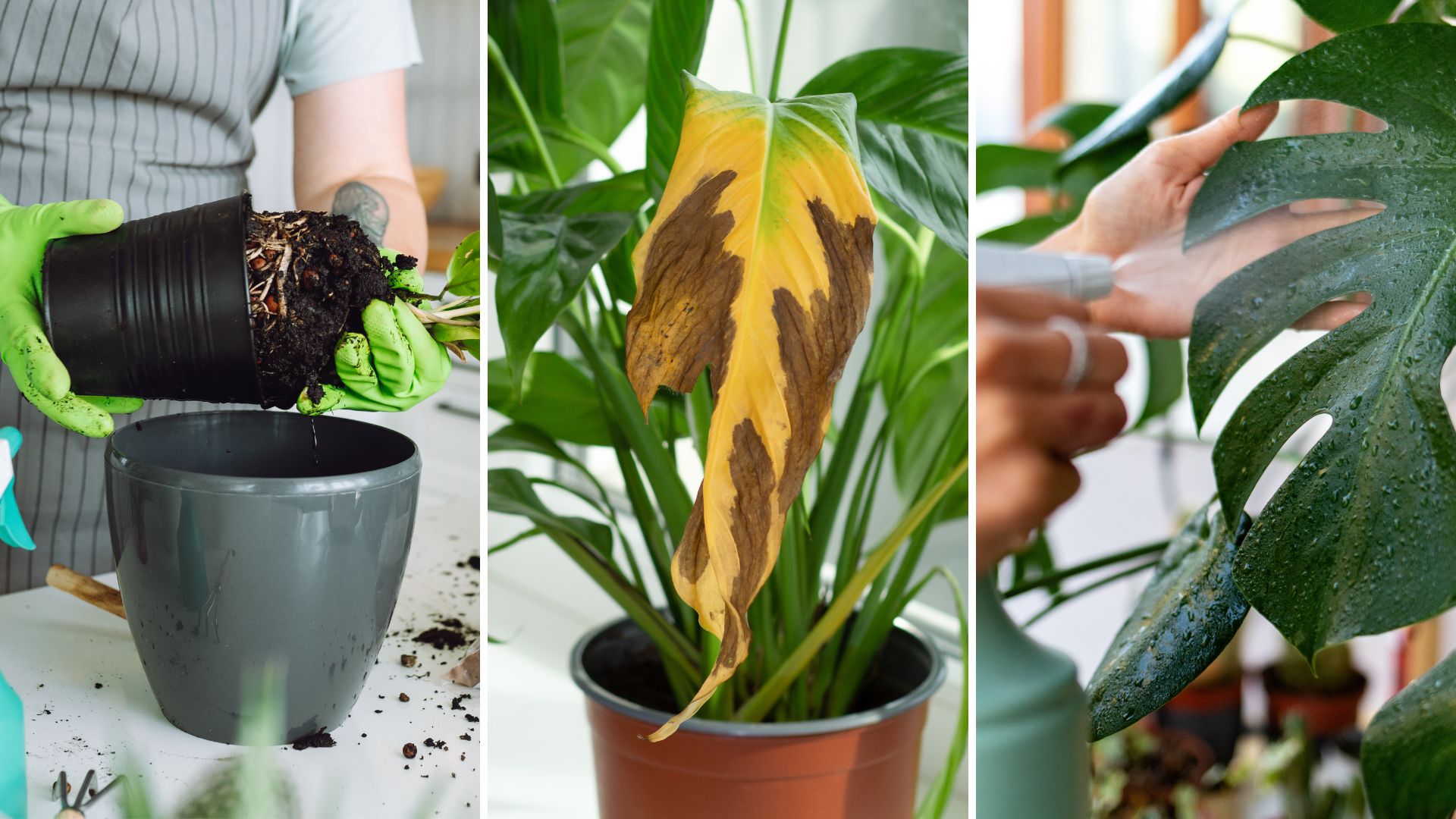 6 common houseplant myths to ignore, warn horticulture experts
6 common houseplant myths to ignore, warn horticulture expertsThese common misconceptions about caring for indoor plants might surprise you – they feel perfectly logical
By Emily Smith Published
-
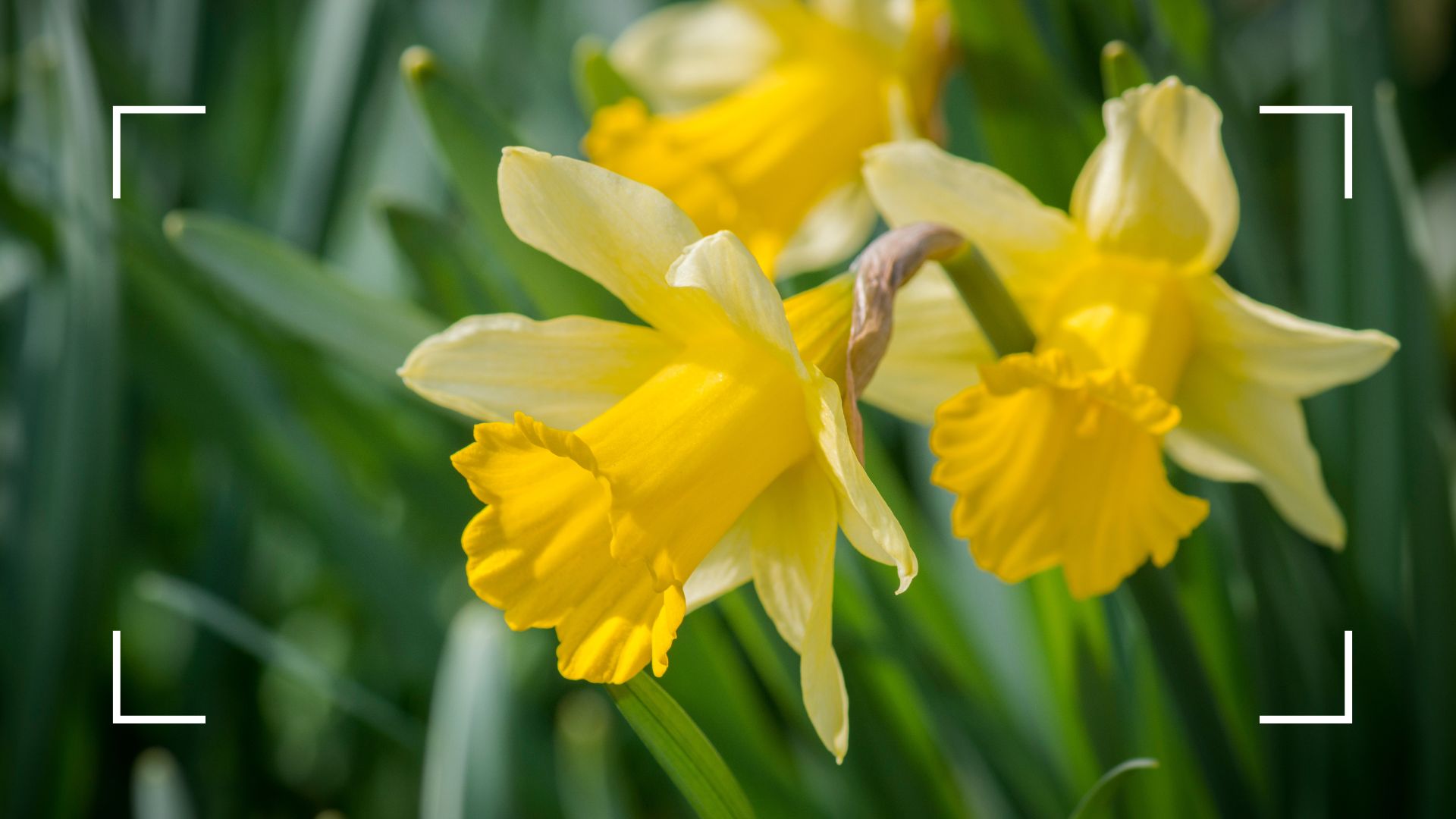 Should you deadhead daffodils? Gardening experts share their advice for longer-lasting blooms
Should you deadhead daffodils? Gardening experts share their advice for longer-lasting bloomsThese butter-yellow flowers are one of the first signs of spring, but should you deadhead or leave them be?
By Emily Smith Published
-
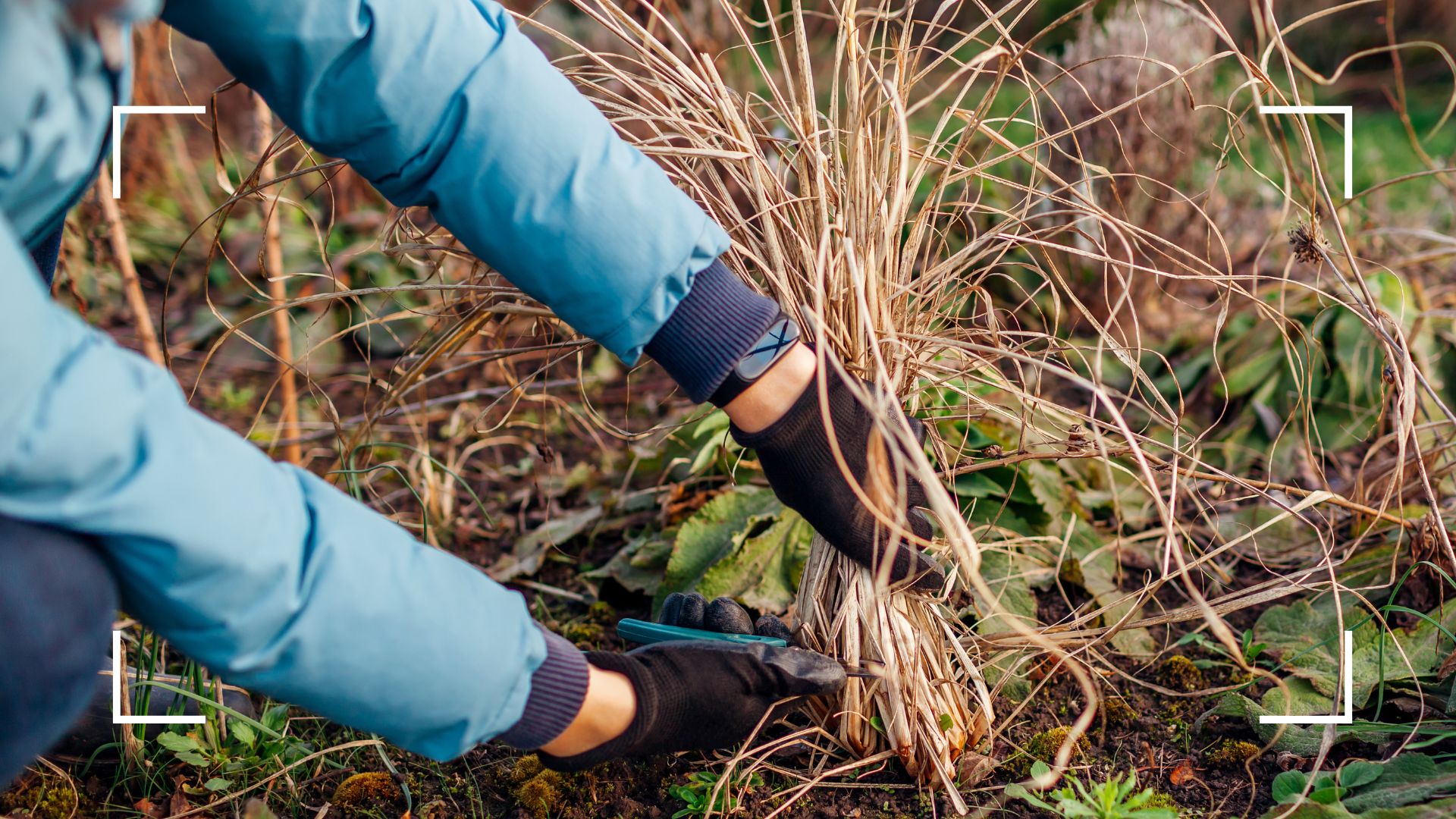 It's time to cut back ornamental grasses, and the expert team at Sarah Raven are here to help
It's time to cut back ornamental grasses, and the expert team at Sarah Raven are here to helpWith spring well and truly here, the team share their top tips to get ornamental grasses ready for new growth
By Emily Smith Published
-
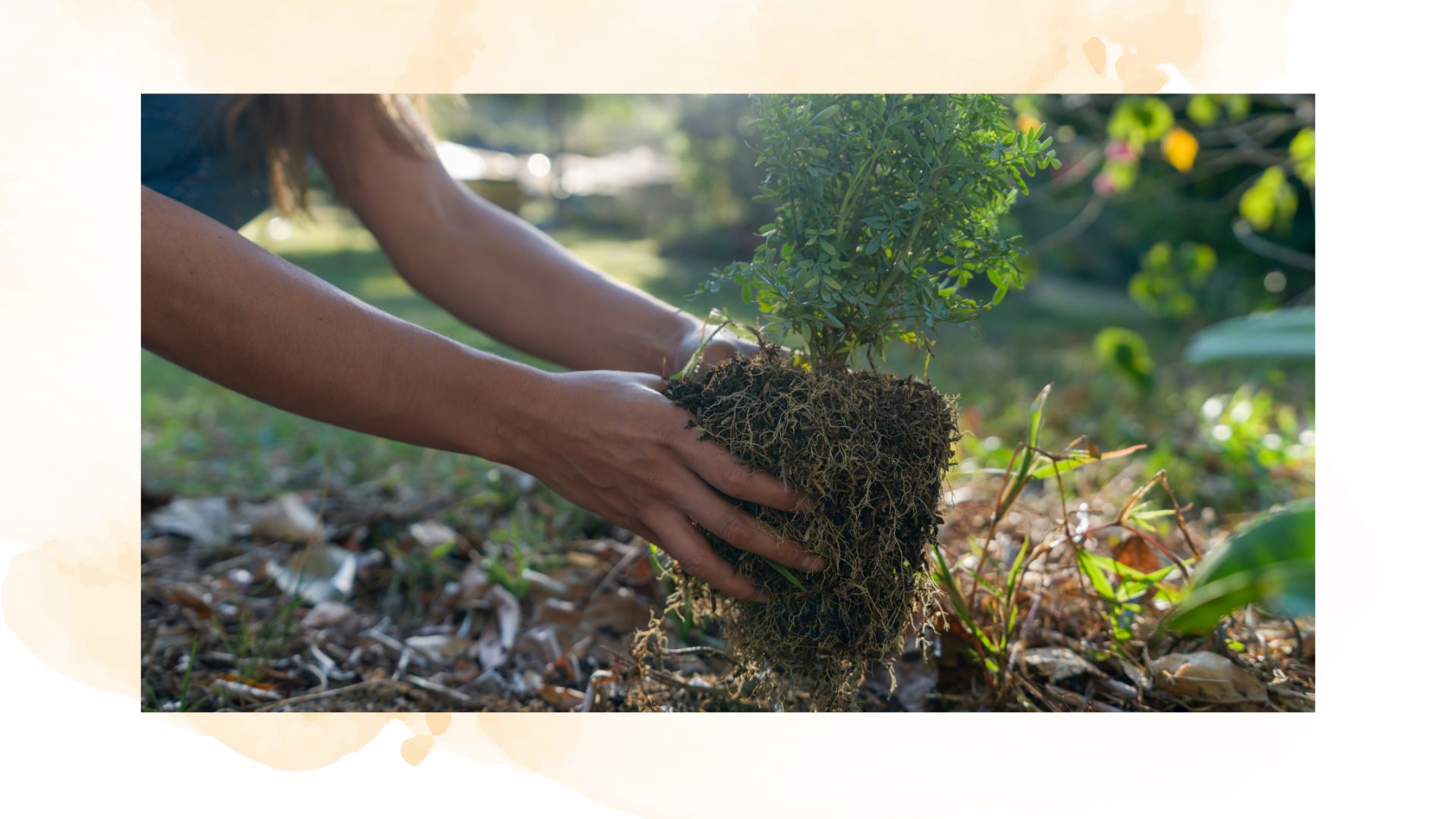 Monty Don's 'genius' planting trick gives outdoor plants the best chance of thriving
Monty Don's 'genius' planting trick gives outdoor plants the best chance of thrivingThis mess-free trick will make planting seamless - and give your plant a great headstart
By Emily Smith Published
-
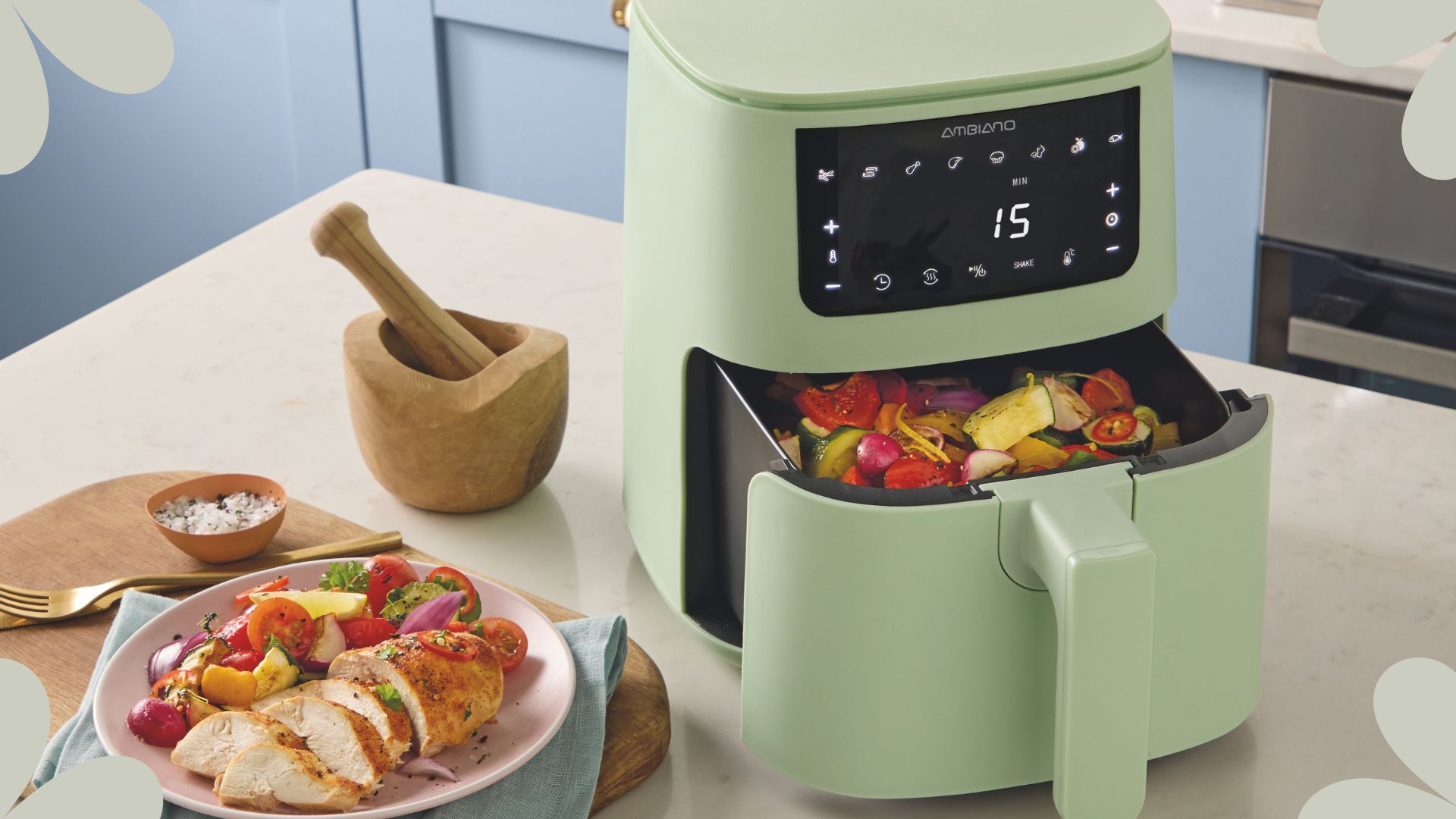 Aldi's on-trend pistachio green air fryer is just £29.99 – stylish and affordable, I had to get one
Aldi's on-trend pistachio green air fryer is just £29.99 – stylish and affordable, I had to get oneColourful, compact and cheaper than comparative models – all the ingredients that made this Aldi Specialbuy hard to resist
By Tamara Kelly Published
